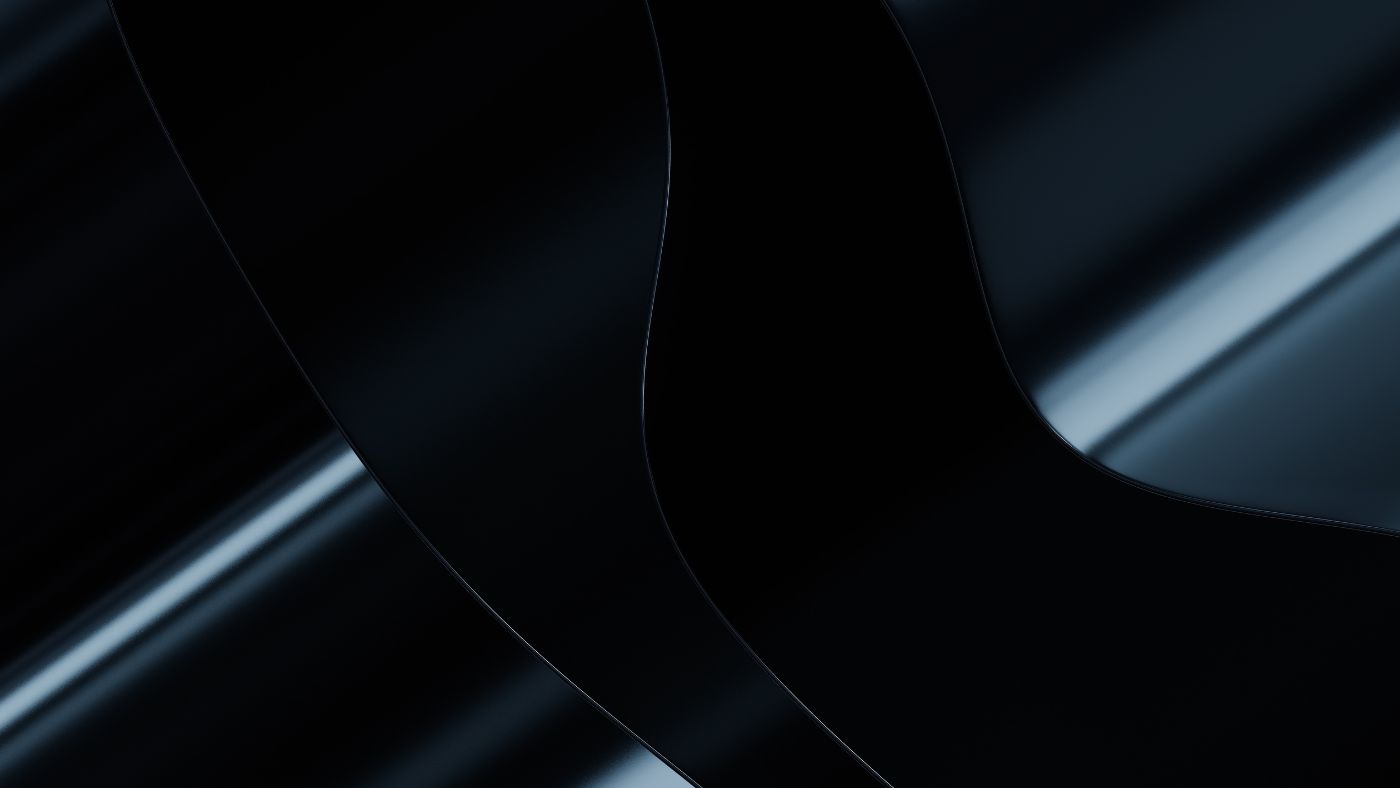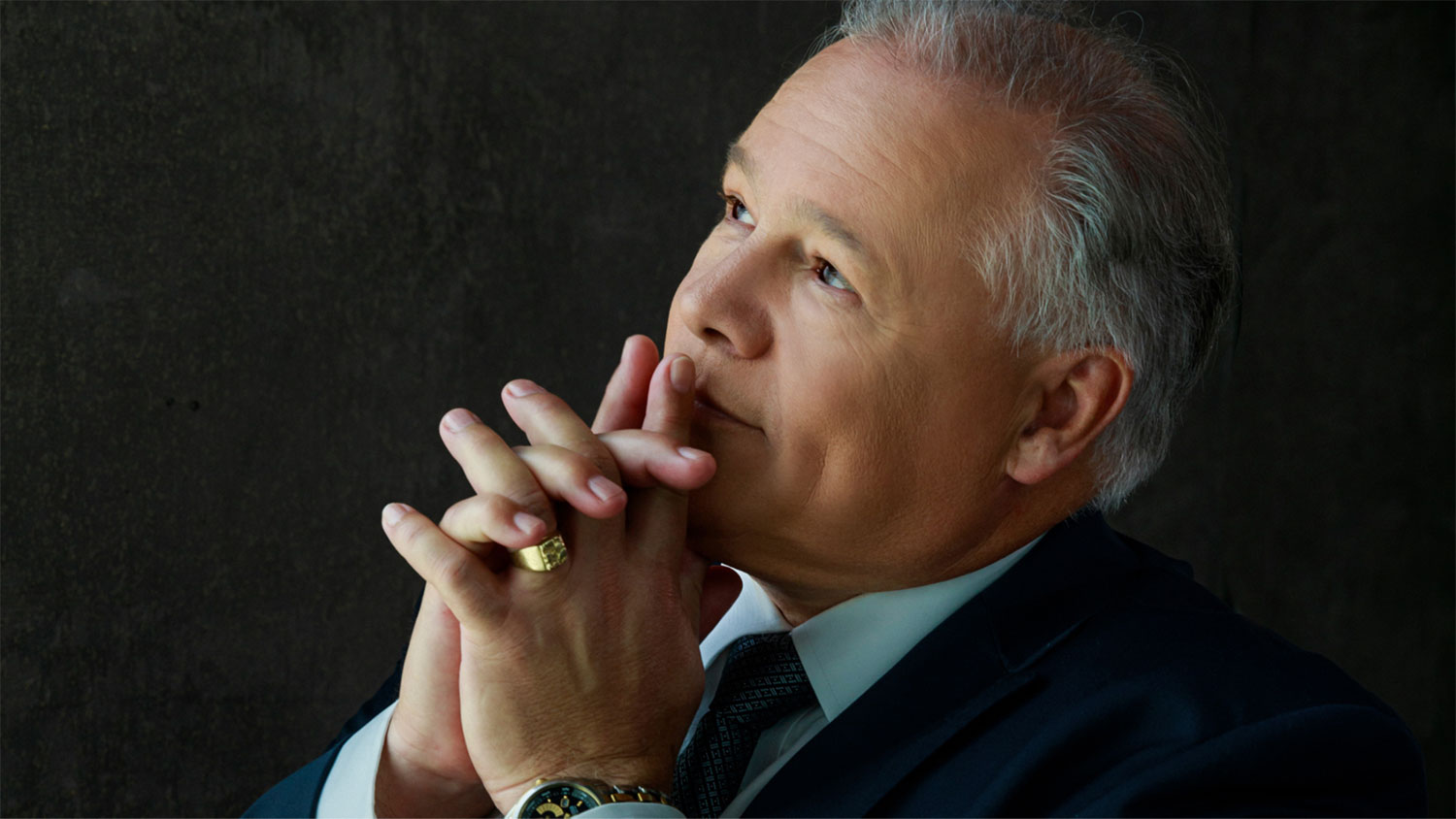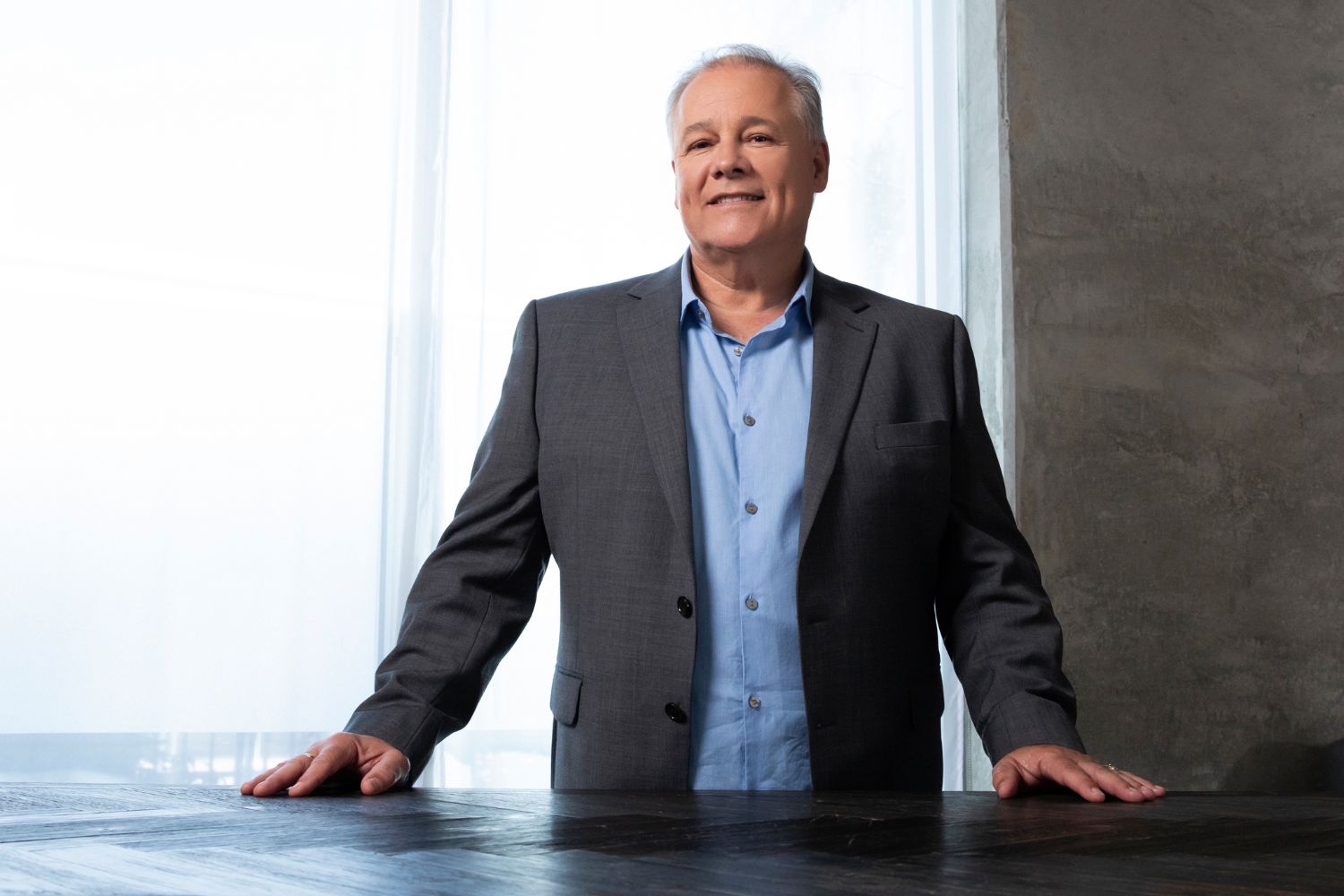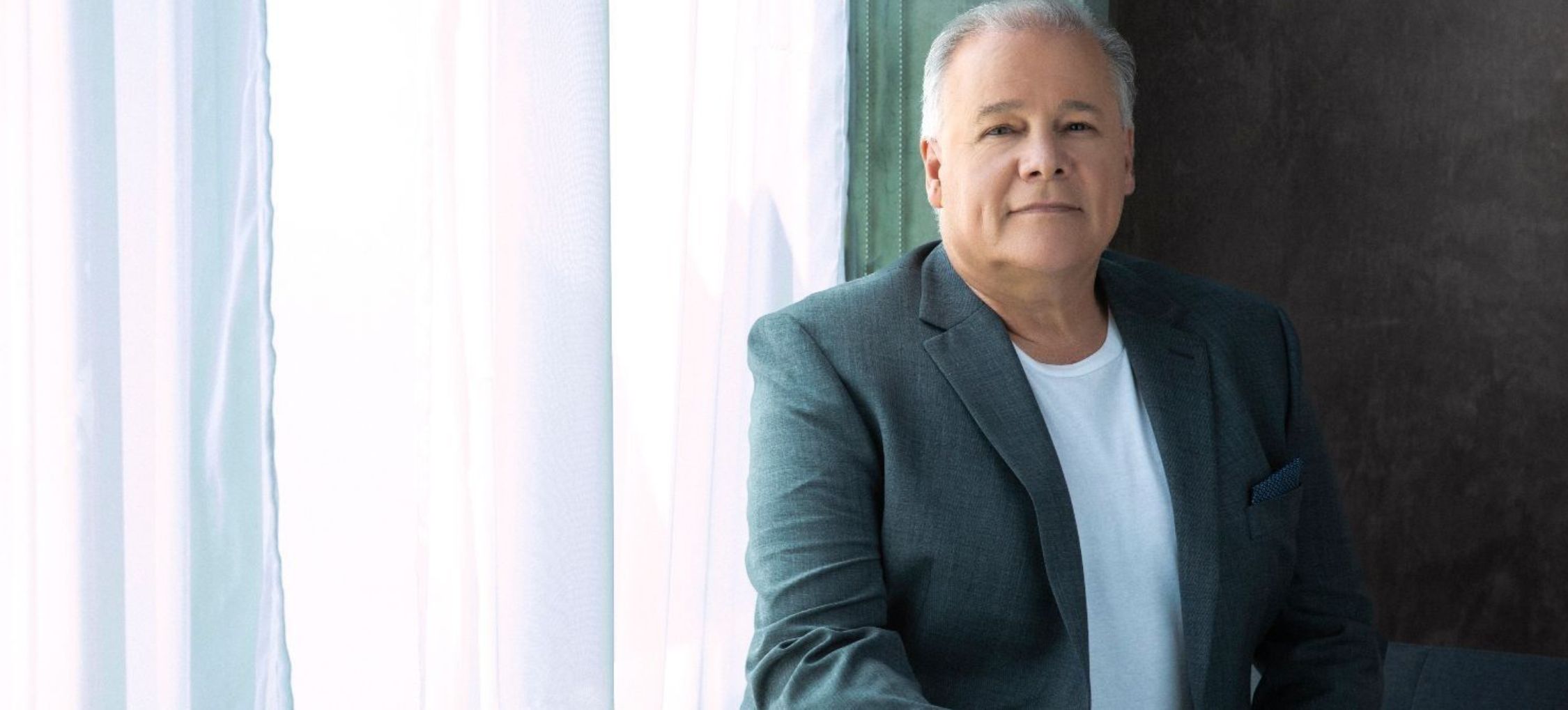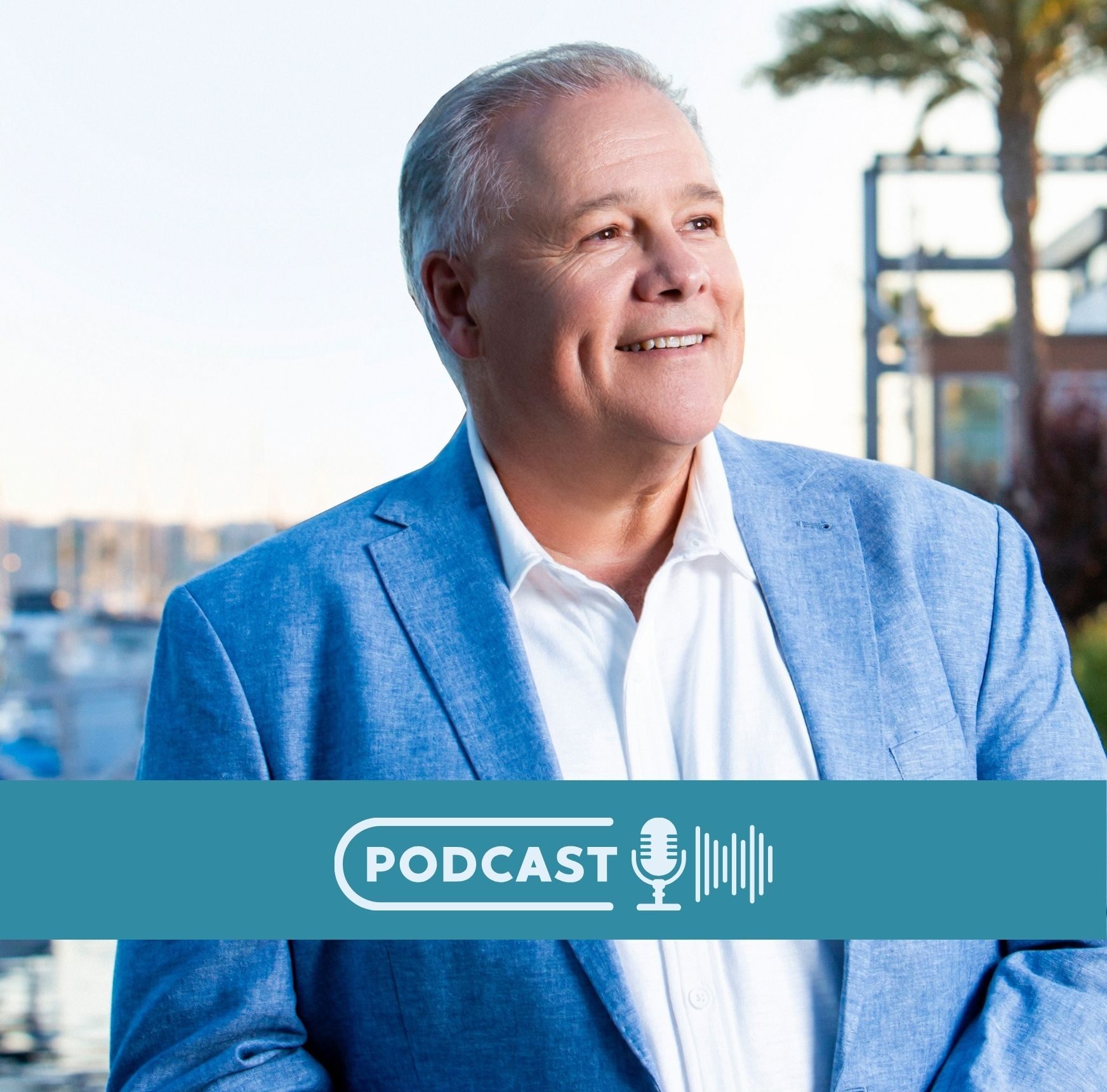Last year, I spent an excessive amount of time at events. Watching speaker after speaker on stages where I was speaking, I was struck by how much PowerPoint there is in the world.
Slide after slide after boring slide…
Yawn after yawn after yawn…
And, here it comes to my turn, and when I step up on that stage, it’s not just a presentation; it’s a journey.
The room becomes my canvas, and the audience, my co-pilots.
I’ve listened to their whispers of anticipation, shaken their hands, and absorbed their energy.
With each step, I’m fueled by the curiosity and excitement in the air.
As I start drawing and talking, it’s not about scripted lines or rehearsed slides—it’s about connecting with the crowd on a visceral level.
I sculpt ideas with my drawn models, letting each pen stroke breathe life into complex concepts.
The room transforms into a playground of ideas, a symphony of visuals, and a whirlwind of inspiration.
When you draw – you draw people in!
And in that moment, we’re not just presenter and audience; we’re explorers, discovering new horizons together.
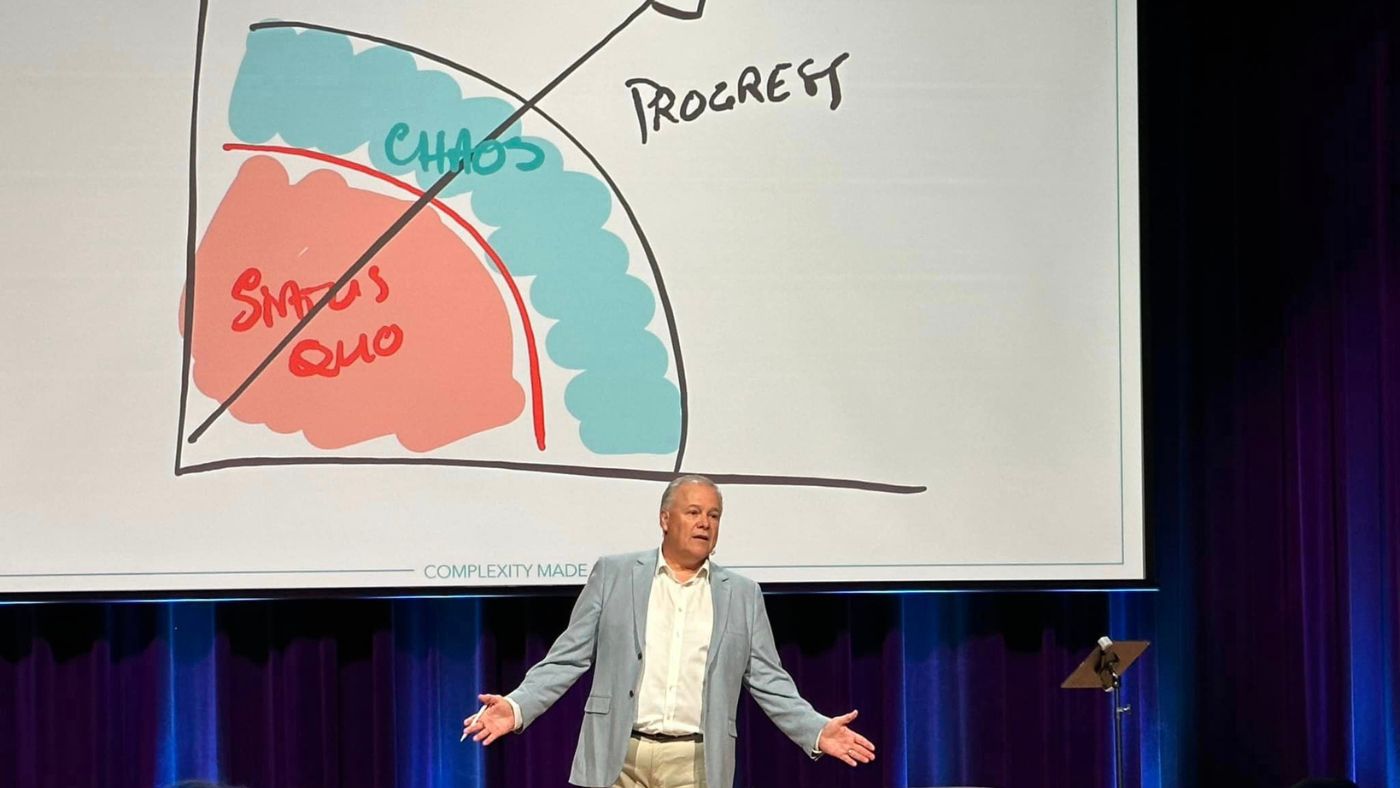
Now, I’m not for a moment suggesting that I am the best speaker in the world, but I consistently receive feedback from the crowds that I am captivating, persuasive, and often the most exciting speaker…
And there is an excellent reason for this.
I have the utmost confidence in my craft.
I have the utmost trust in my intuitive genius.
I have the utmost belief in the power of drawing deeply profound visual models.
Through my authenticity, expertise, and genuine connection with an audience, I consistently achieve some of the highest feedback scores at events.
And, I graciously suggest that you, dear expert, are probably missing out on significant influence and power as a speaker, leader and great human by relying too heavily on your “presentation systems”.
In a boardroom today, on a stage next month or even at home with your kids, I’d love you to consider the art of drawing and talking to your intuitive genius as your primary communication tool.
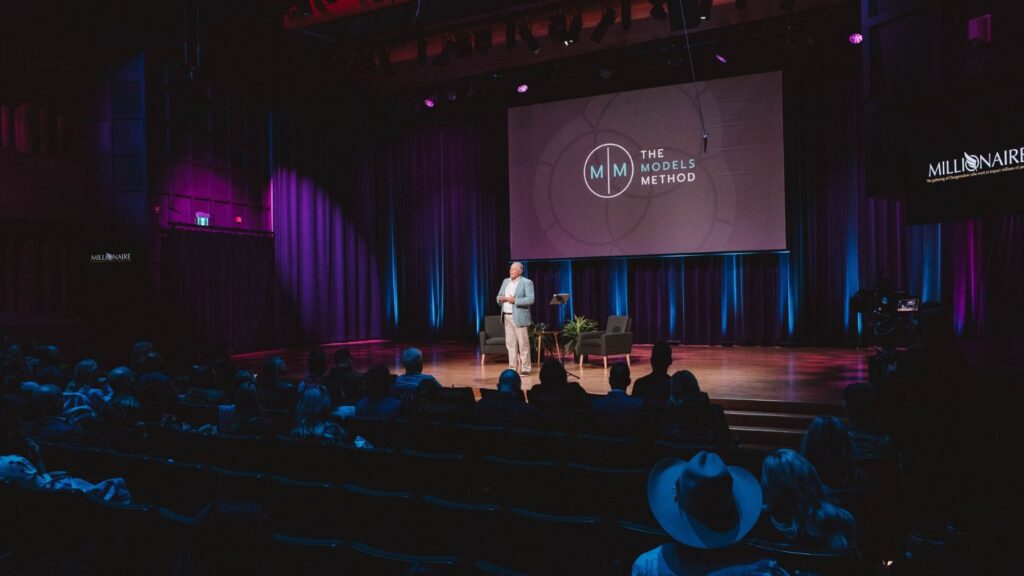
Picture this: You, the expert, stand before the boardroom filled with decision-makers eager to grasp your insights, and as you begin to draw and share, you create an environment where ideas flow freely. It’s not just a presentation; it’s a dynamic exchange of thoughts. With each marker stroke, you unlock complex problems, chart new paths, and inspire your team to think differently. The whiteboard becomes a portal to innovation, a canvas where strategies take shape and where the collective intelligence of the room converges. In this boardroom, your drawings aren’t just illustrations; they’re catalysts for change and spark groundbreaking ideas.
Picture this: You, the expert, stand before your audience at an event with nothing more than a blank canvas—a whiteboard or flipchart at your disposal. No slides, no bullet points, just you and your knowledge. This isn’t about winging it; it’s about embracing your expertise and engaging your audience deeper. You’ve stepped onto the stage, and as you do, you take a moment to listen to the room, absorb the energy, and connect with the people in front of you. You sense their curiosity, desire for insights, and hunger for knowledge.
You embark on a visual storytelling journey with the marker in your hand. Your drawings aren’t just illustrations; they’re gateways to understanding. You sketch out ideas, concepts, and connections, allowing your audience to witness the evolution of your thoughts in real time. As you draw, you talk—your words and strokes of the marker harmonizing into a symphony of comprehension.
The atmosphere in the room transforms. It’s not a passive lecture; it’s an immersive experience. Your audience participates actively, following your visual cues, asking questions, and sharing their insights. The blank canvas becomes a canvas of possibilities, where complex ideas are unravelled and simplified before their eyes.
You’re not just presenting but guiding, facilitating, and inspiring. It’s a captivating ride where everyone in the room is on the same journey of discovery. The whiteboard is not a barrier; it’s a bridge—a bridge between your expertise and their understanding.
And as your presentation unfolds, you witness that magical moment when a concept clicks, when an “aha” expression lights up faces. It’s the moment when your audience comprehends and internalizes the knowledge you’re imparting. That’s the power of drawing and talking to your intuitive genius – presented as organized genius through powerful visual models. It transcends the boundaries of traditional presentations and creates an unforgettable experience that resonates long after the stage lights dim.
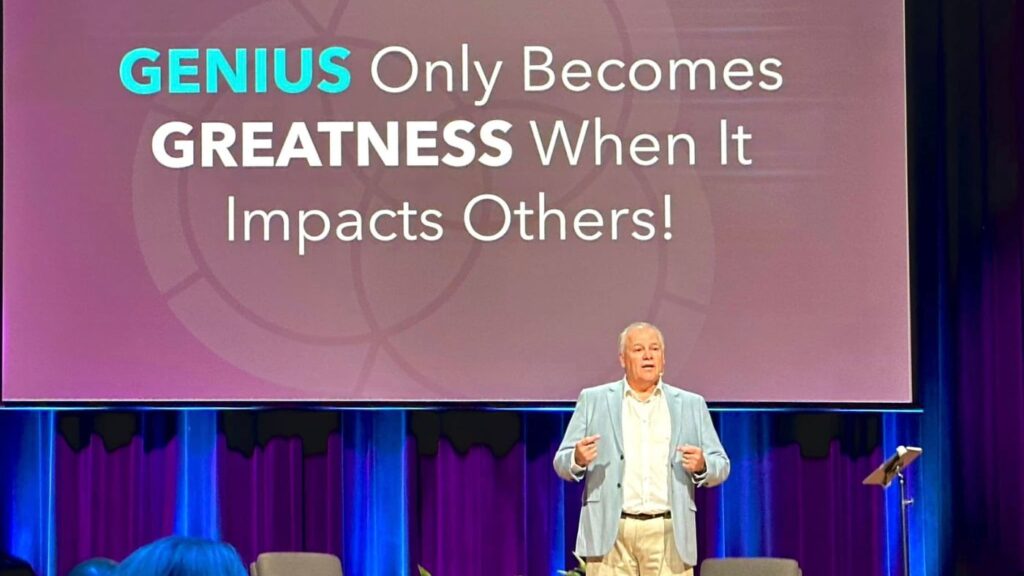
Here’s why this approach can be remarkably effective:
Human Connection: When you’re not tethered to a screen, your audience sees you as more than just a presenter; they see you as a genuine, relatable human being. This human connection is invaluable, as it fosters trust and open communication.
Flexibility: Your ability to adapt to your audience’s reactions and questions is unparalleled. You’re not confined to a predetermined script; you can tailor your presentation in real-time to address their specific needs and concerns.
Expertise Shines: Without the crutch of slides, your expertise takes centre stage. You become the focal point, and your knowledge becomes the guiding light of the presentation. Your audience isn’t distracted by flashy visuals; they’re captivated by your insights.
Interaction: Drawing and talking allows for a dynamic, interactive presentation. You can sketch diagrams, illustrate concepts, and invite your audience to participate actively in the discussion. This interactivity keeps them engaged and invested in the conversation.
Authenticity: Authenticity breeds credibility. When you’re not hiding behind a screen, your authenticity shines through. Your audience perceives you as someone who genuinely knows their subject matter and is passionate about sharing it.
You might be thinking, “But what if I’m not a skilled artist?” Fear not. This isn’t an art competition; it’s a knowledge-sharing endeavour. Your drawings must not be masterpieces; they must convey your message effectively. Simple shapes, diagrams, and rough sketches can work wonders.
The most vital element of this approach is intuition. As an expert in your field, you possess an innate understanding of your subject matter. You know the intricate nuances, the key insights, and the real-world applications. Trust your intuition, let your thoughts flow, and engage in a genuine conversation with your audience.
I remember the sage advice of Leonardo da Vinci, “Simplicity is the ultimate sophistication.” In an era of information overload, simplicity can be a breath of fresh air. You can cut through the noise and make a lasting impact by shedding the complexity of slides and embracing a more intuitive, expert-led approach.
So, the next time you prepare for a presentation, consider leaving the slides behind. Step into the spotlight as the expert you are, armed with a blank canvas and your innate intuition. Draw, talk, and connect on a deeper level with your audience. The absence of slides empowers you to convey your message with more clarity, authenticity, and impact than ever before.
Join my weekly newsletter for more updates and inspiration. If you’re ready to speak about bringing more genius to your leadership, start by applying to work with me so we can get to know one another better.

